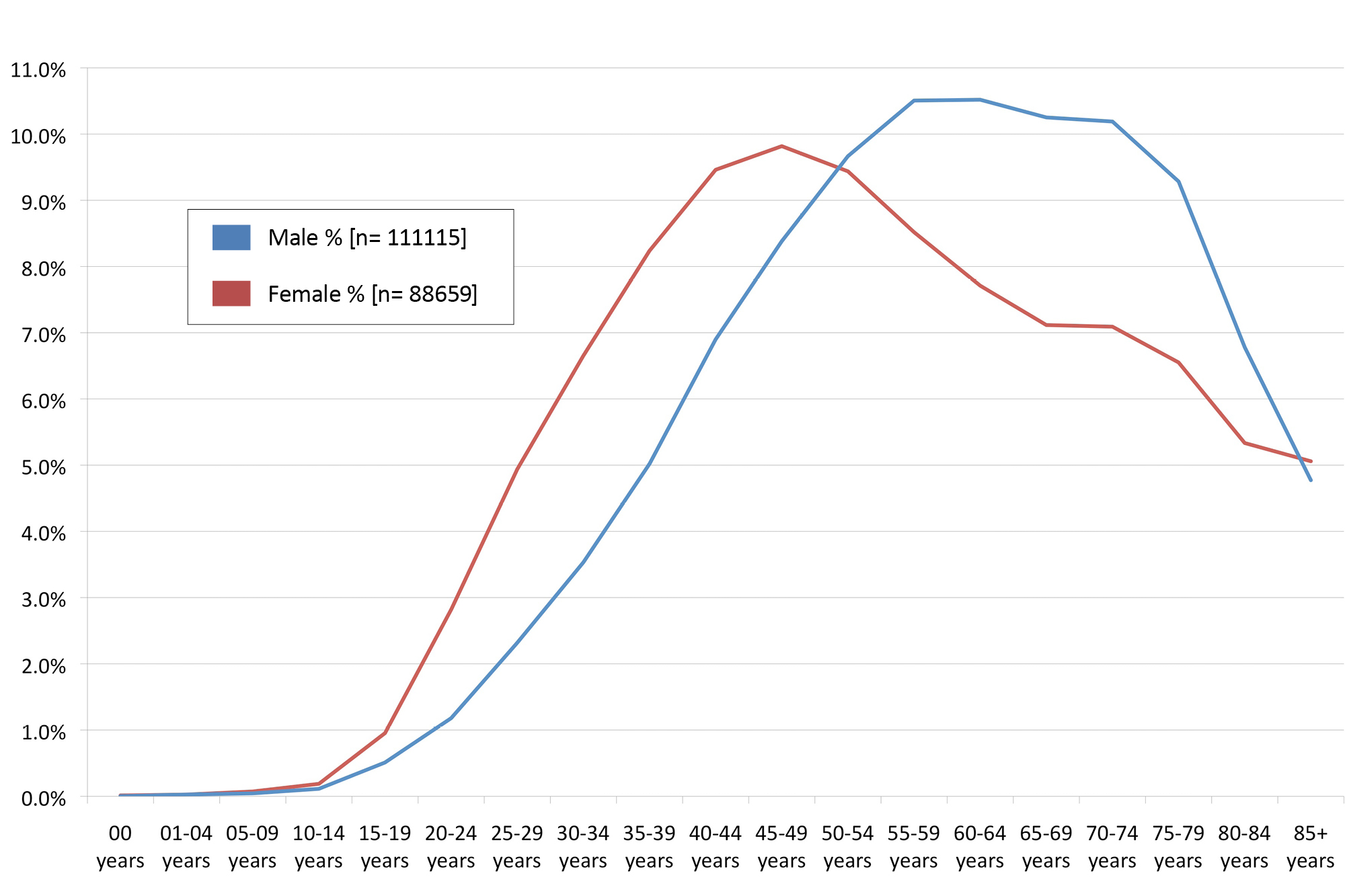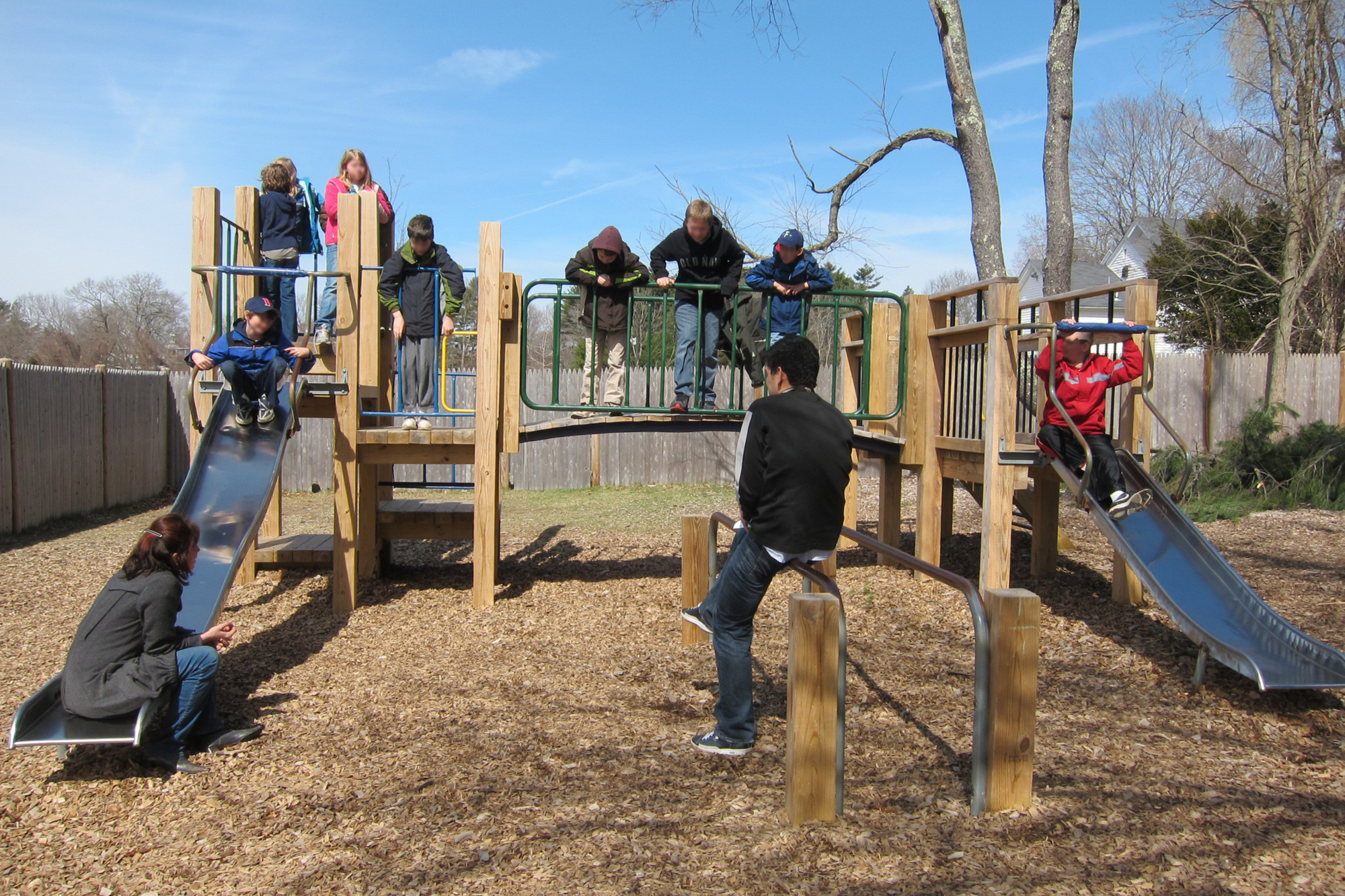
Rhode Island School Of Design – Thesis
Seeing the Sun: A Strategy for the Prevention and Detection of Skin Cancer
"In 2010, approximately nine thousand Americans died of malignant melanoma, the most severe form of skin cancer, claiming 75% of all skin cancer deaths."
Thesis Advisors
Beth Mosher,
Associate Professor, Department of Industrial Design
Martin Weinstock, MD, PhD,
Professor of Dermatology and Community Health, Brown University
Aidan Petrie,
Co-founder and Chief Innovation Officer, Ximedica
Background
My healthcare involvement started in 2010 with a collaboration project between design and healthcare professionals in dermatology and epidemiology. The project was a computer based training module targeted to primary healthcare physicians, with the goal to educate in order to reduce the skin cancer mortality rate by half.
Project Description
The industrial design thesis Seeing the Sun, is an investigation of skin cancer awareness in the context of the 0-25 year old population. The project integrates a series of behavior-changing systems and consumer products, intended to increase the prevention and early detection of skin cancer.
Outcomes
The design for systematic behavior change led to the creation of 5 separate and interrelated sun and skin awareness products, they follow a child from birth into adulthood.
Deliverables
The Master of Industrial Design program at the Rhode Island School of Design required a thesis presentation in front of an academic panel, the exhibition of the project during the Thesis Show held on May 19th 2011 at the Rhode Island Convemtion Center and the creation of a thesis book for the RISD library.
Visual Index
Project Takeaway
"When you presented the idea for the products, I instantly considered my son in this scenario. As parents and as consumers we would love the opportunity to be helped along the way, helping our redhead and fair skinned child understand the importance of caution. I want my son to learn this early on, to be conscious of it and to make a proactive decision to protect himself. That’s only going to happen if this is a step-by-step process."
I believe we can provide parents the tools to protect their child from damaging ultraviolet rays. Educating the child about the effects of the sun during foundation preschool years encourages independence and initiative on the child’s behalf by the time they enter preadolescence. These years of sun prevention and education are the most crucial in the non-genetic risk development of skin cancer.
Ultimately the child enters adolescence, a stage in which sun exposure may be increased due to outdoor activities and social factors. According to the SEER data, it is at this point that females in particular need to become more aware of skin changes in their body. It is my hope that the lessons and milestones learned in regards to sun care and prevention throughout a person’s lifetime will carry onto the rest of their lives and onto their children.
“About Melanoma – What is Melanoma?” Melanoma Research Alliance. Web. 6 Nov. 2010.
Alexander GA, et al. (eds). Racial/Ethnic Patterns of Cancer in the United States 1988-1992, National Cancer Institute. NIH Pub. No. 96-4104. Bethesda, MD, 1996. Web. 14 Nov. 2010.
Alinsky, Saul D. Rules for Radicals: A Practical Primer for Realistic Radicals. New York: Random House, 1971. Print.








